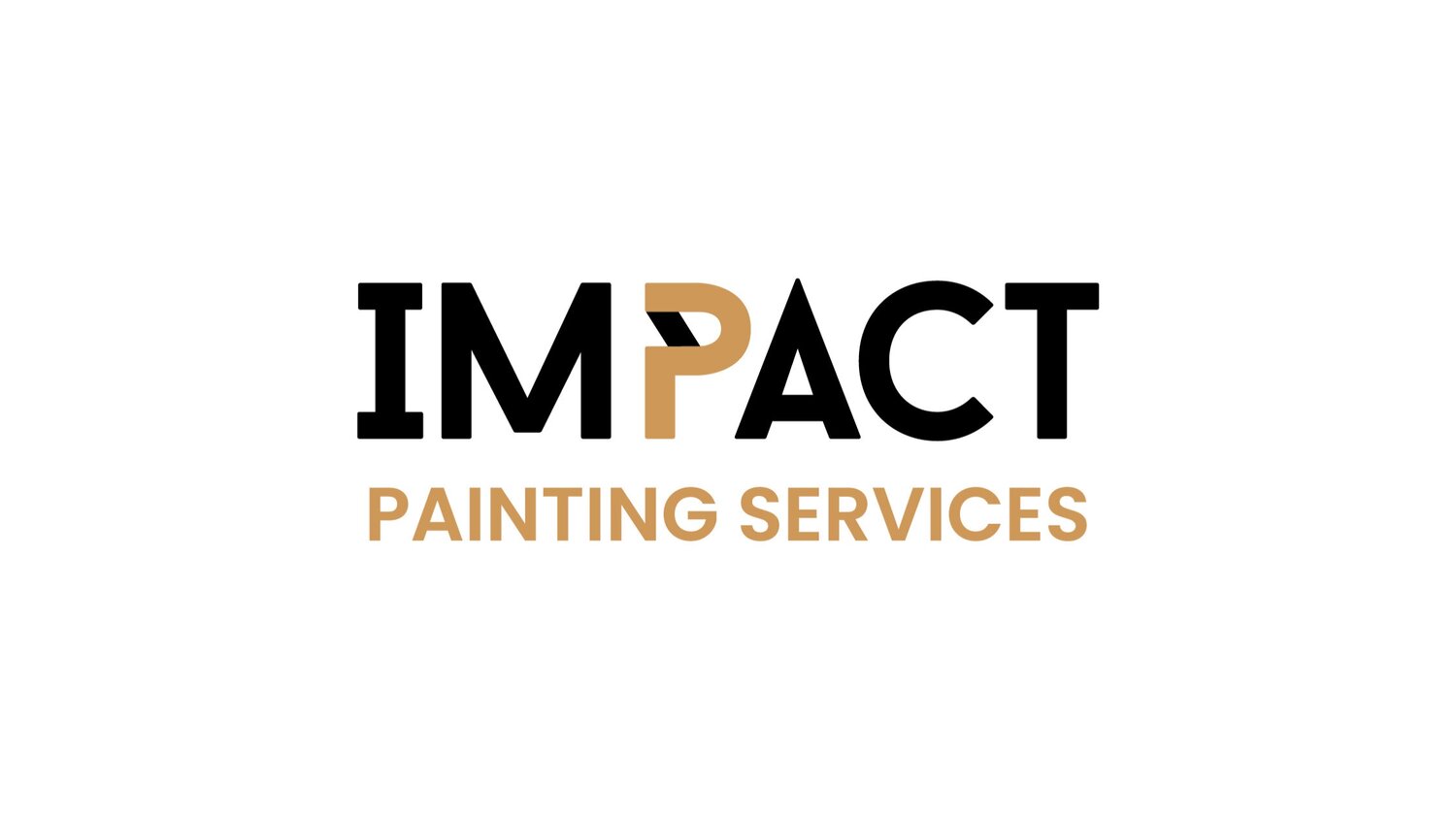How Much Does It Cost To Paint Your Home?
When painting your home, a question that often comes up is “What will it cost?” The answer however, is not as simple as a single number. The cost of painting a home is made up of many factors that create a price tag that differs home by home. Here are the factors that influence the cost of painting your home's interior and exterior, helping you navigate your investment.
Factors Impacting Interior Painting Costs:
1. Surface Area: The size of the area to be painted significantly affects costs. Larger rooms or open floor plans naturally require more paint and labor.
2. Preparation: Proper surface preparation, including cleaning, patching, and sanding, ensures a smooth finish. The extent of preparation required can impact costs.
3. Number of Colors: Using multiple colors within a room adds complexity and increases costs.
4. Type of Paint: Premium paints generally cost more than standard options but often offer better coverage and longevity.
5. Accessibility: Higher ceilings, intricate architectural details, or hard-to-reach areas may require additional labor and equipment.
Factors Influencing Exterior Painting Costs:
1. Surface Area: Similar to interior painting, the size of your home's exterior is a primary cost factor.
2. Surface Condition: The condition of the exterior, including peeling paint, cracks, and damage, can impact preparation and labor costs.
3. Siding Type Different siding materials require distinct painting techniques. For instance, painting wood requires different processes than painting stucco or brick.
4. Height and Accessibility: The height of your home and its accessibility affect labor and equipment needs, potentially increasing costs.
5. Weather Elements: Harsh weather conditions and exposure to sunlight can necessitate higher-quality paints and more frequent repainting, impacting long-term costs.
DIY vs. Professional Painting Costs:
While the allure of DIY painting lies in potential cost savings, the reality often differs:
1. DIY Costs: DIY painting may initially seem cheaper due to fewer labor costs, but purchasing quality paint, equipment, and supplies adds up. Inadequate techniques can result in additional costs for repairs and repainting.
2. Professional costs: Hiring professional painters involves labor costs but offers expertise, efficiency, and high-quality results. Professionals also ensure proper preparation and use of quality materials.
Value of Professional Painting:
1. Quality Assurance: Professional painters bring expertise, ensuring flawless results that stand the test of time.
2. Time Savings: Professionals work efficiently, saving you time and minimizing disruptions to your daily routine.
3. Longevity: Proper techniques and quality materials extend the lifespan of your paint job, reducing long-term maintenance costs.
When seeking painting estimates, consider obtaining quotes from multiple professional painting companies. Reputable companies provide detailed estimates that outline labor, materials, and any additional costs.
Whether transforming your interior space or revitalizing your home's exterior, the key is to balance costs with the value that your paint job brings to your living environment. By prioritizing quality and the expertise of professionals, you'll achieve a painting project that not only looks great but also stands the test of time.
